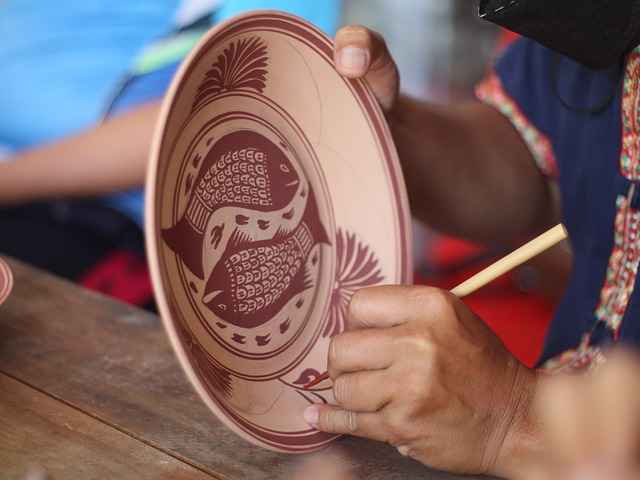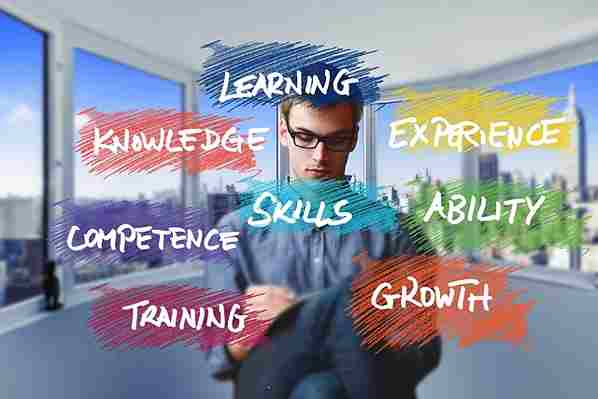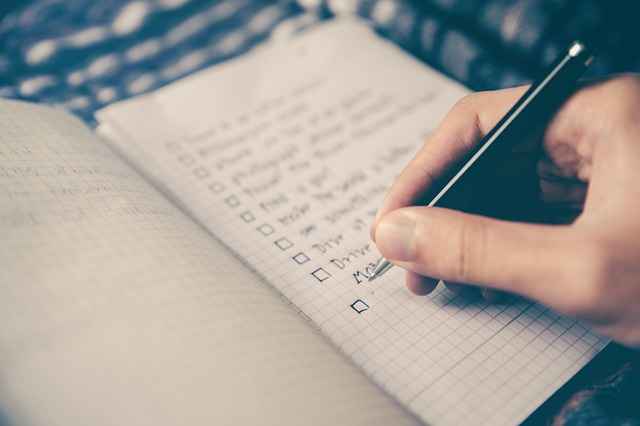Introduction
Mastering Body language Tricks. Meeting new people has always been a daunting experience for me. Whether it was in professional settings or casual social gatherings, I often felt a rush of insecurity and self-doubt. My mind would race, and I’d struggle to project the confidence I wanted to embody. Over time, I realized that it wasn’t just my internal thoughts that influenced my interactions but also the body language I was displaying—often unknowingly.
Body language is powerful; it can make or break first impressions and play a key role in how confident we appear to others. Psychology suggests that our non-verbal cues influence how others perceive us and shape how we feel about ourselves. Mastering body language techniques can dramatically increase our confidence in social situations, helping us make better connections and feel more at ease.
In this article, I will share eight body language tricks that helped me overcome my social anxiety and boost my confidence when meeting new people. By implementing these techniques, you, too, can improve how you present yourself and how you feel in social settings. Let’s dive into these simple yet effective habits that can change your interactions and enhance your self-assurance.
Trick #1: Maintain Strong Posture
What It Looks Like:
Standing tall, shoulders back, and chest open. When you hold yourself upright, your body language signals strength and confidence.
Why It Works:
Psychology suggests that strong posture conveys confidence to others and triggers feelings of power and self-assurance within. Adopting a powerful stance instantly sends a message to others and yourself that you are capable and composed.
Actionable Advice:
Start by practicing good posture every day. When walking, sitting, or standing, consciously adjust your shoulders and chest. This simple change can significantly impact how you feel, and others perceive you in social situations.
Trick #2: Smile Genuinely
What It Looks Like:
Smiling naturally and sincerely, showing warmth and approachability. A genuine smile involves your mouth and your eyes—indicating real joy and openness.
Why It Works:
A genuine smile promotes feelings of happiness and openness, both for yourself and those you meet. It signals to others that you are approachable, positive, and easy to engage with, which builds rapport quickly.
Actionable Advice:
Practice smiling in the mirror regularly so it becomes a natural habit. The more you smile, the easier it will be to convey warmth and friendliness when meeting new people.
Trick #3: Use Open Gestures
What It Looks Like:
Avoiding crossed arms or clenched fists. Instead, use hand gestures to communicate openness and engagement, such as uncrossing your arms or using your hands to emphasize your points.
Why It Works:
Open body language signals trustworthiness and approachability, making others more likely to engage with you. Keeping your posture open makes people feel comfortable and welcome, which helps foster connection.
Actionable Advice:
Be mindful of your hand placement during conversations. Whenever you feel the urge to cross your arms or become defensive, consciously uncross them. Also, use expressive gestures that align with your words to emphasize your points.
Trick #4: Make Eye Contact
What It Looks Like:
Looking directly into someone’s eyes during conversation, but not staring. Aim to keep your gaze steady, occasionally breaking eye contact to avoid intimidation.
Why It Works:
Eye contact conveys sincerity, respect, and interest. It makes you appear more confident and trustworthy, as people subconsciously associate steady eye contact with reliability.
Actionable Advice:
In conversations, aim to maintain eye contact for about 60-70% of the time. If you feel nervous, try focusing on the person’s eyebrows or nose to help maintain comfort while still appearing engaged.
Trick #5: Practice Mirroring
What It Looks Like:
Subtly mimicking the posture, gestures, and tone of the person you’re speaking with. This doesn’t mean copying their actions exactly but reflecting their body language naturally, non-intrusively.
Why It Works:
Mirroring helps establish rapport and makes the other person feel more comfortable, leading to a smoother interaction. This psychological phenomenon fosters empathy and a sense of shared connection.
Actionable Advice:
While talking to someone, please pay attention to their body language and subtly match it. For example, if they lean forward slightly, try doing the same. The key is to do it naturally so it doesn’t come across as forced or awkward.
Maximize Your Learning to Advance Your Career in 3 Proven ways
Trick #6: Avoid Fidgeting
What It Looks Like:
Keep hands still and avoid excessive movements that can suggest nervousness or discomfort, such as tapping your feet or playing with your hair.
Why It Works:
Fidgeting can convey insecurity and distract from the conversation. Remaining still helps convey calmness and self-assurance, giving others the impression that you are confident and in control.
Actionable Advice:
Be mindful of your movements and try to sit or stand still, particularly during important conversations. If you catch yourself fidgeting, take a deep breath, focus, and try to relax your body.
Trick #7: Relax Your Facial Expressions
What It Looks Like:
Keep your face relaxed and approachable, and avoid tightness or a tense expression that might signal stress or discomfort.
Why It Works:
Relaxed facial expressions make you appear calm, approachable, and confident and help put others at ease. When your face mirrors your feelings, you communicate better and make a more positive impression.
Actionable Advice:
Practice consciously relaxing your face during conversations. Smile when appropriate, and avoid tense expressions that might unintentionally close people off. This can significantly improve how others perceive you.
Trick #8: Use a Firm Handshake
What It Looks Like:
Offering a firm handshake without being too forceful. The handshake should be confident, brief, and indicate professionalism.
Why It Works:
A strong handshake conveys confidence and professionalism, leaving a positive first impression. It’s one of your first interactions with someone, setting the tone for the rest of the conversation.
Actionable Advice:
Practice your handshake with friends or family to ensure it’s firm but not overpowering. Ensure to maintain eye contact during the handshake for an added touch of confidence.
Powerful strategies to crush workplace dread and skyrockets
Conclusion
Recap of the Mastering Body language Tricks
This article explored eight body language tricks that can significantly boost your confidence when meeting new people. These include:
- Waking Up Early and Consistently – This habit sets the stage for a productive day, providing a head start.
- Engaging in Physical Exercise – Morning workouts boost endorphins, energy, and mental clarity.
- Practicing Mindfulness or Meditation – These techniques help reduce anxiety, improve focus, and foster calmness.
- Setting Clear Goals and Priorities – Establishing clear goals helps with time management and productivity.
- Reading or Consuming Educational Content – This helps stimulate the brain, encouraging continuous learning.
- Journaling or Reflecting – Journaling fosters self-reflection, mindfulness, and emotional intelligence.
- Having a Healthy Breakfast – Fueling the body properly aids in maintaining mental and physical clarity.
- The Power of Positive Thinking – A positive mindset encourages resilience and adaptability, leading to greater success.
Final Encouragement:
Mastering these body language tricks may not happen overnight, but with regular practice, you can gradually develop confidence and become more comfortable in social situations. By focusing on non-verbal cues, you enhance how others perceive you and boost your self-assurance. Over time, these small changes will significantly impact you, enabling you to present the best version of yourself when meeting new people. Keep practicing, and you’ll be amazed at how much more confident you feel in your interactions.













